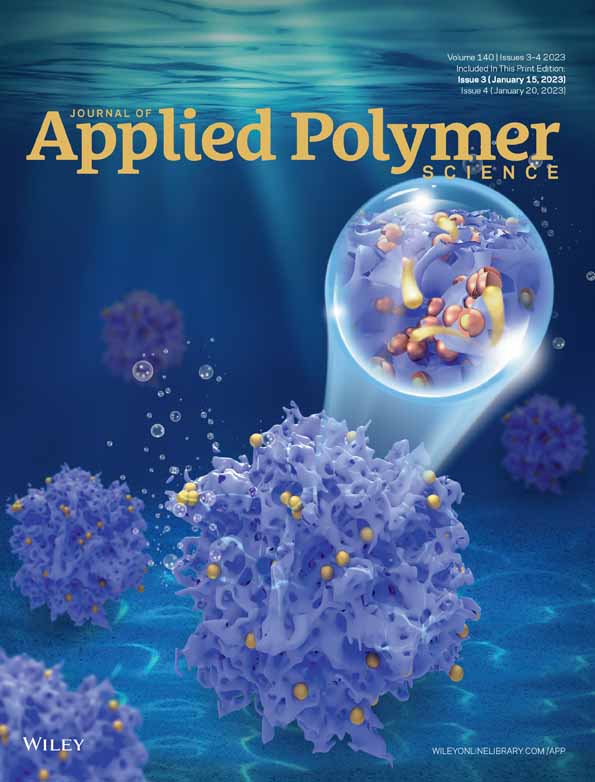DMTMM-mediated grafting reaction of glucuronic acid on chitosan
Abstract
Compared with traditional conjugates 1-ethyl-3-(3-dimethyl aminopropyl) carbodiimide (EDC) and N-hydroxysuccinimide (NHS), 4-(4,6-dimethoxy-1,3,5-triazin-2-yl)-4-methylmorpholinium chloride (DMTMM) is an emerging biological coupling reagent and has been used in the amidation of hyaluronic acid. In this paper, DMTMM was used to achieve the amidation of chitosan (CS) with glucuronic acid (GA) in an aqueous medium to generate a GA-CS derivative. The grafting efficacy was preliminarily compared with the EDC/NHS-mediated reaction. As a result, the substitution degree of 17.6% for DMTMM-mediated grafting and 13.1% for EDC/NHS chemistry indicated that DMTMM-mediated synthesis of GA-CS appeared to be more efficient. The reaction kinetics experiments showed that GA-CS derivative with a degree of substitution up to about 26.1% was obtained using equal molar ratios of DMTMM and GA exceeding CS at room temperature. These results indicate that employing DMTMM as a coupling agent is a feasible and promising strategy for the amidation modification of chitosan.
CONFLICT OF INTEREST
The authors declare no conflict of interest.
Open Research
DATA AVAILABILITY STATEMENT
The data that support the findings of this study are available from the corresponding author upon reasonable request.




